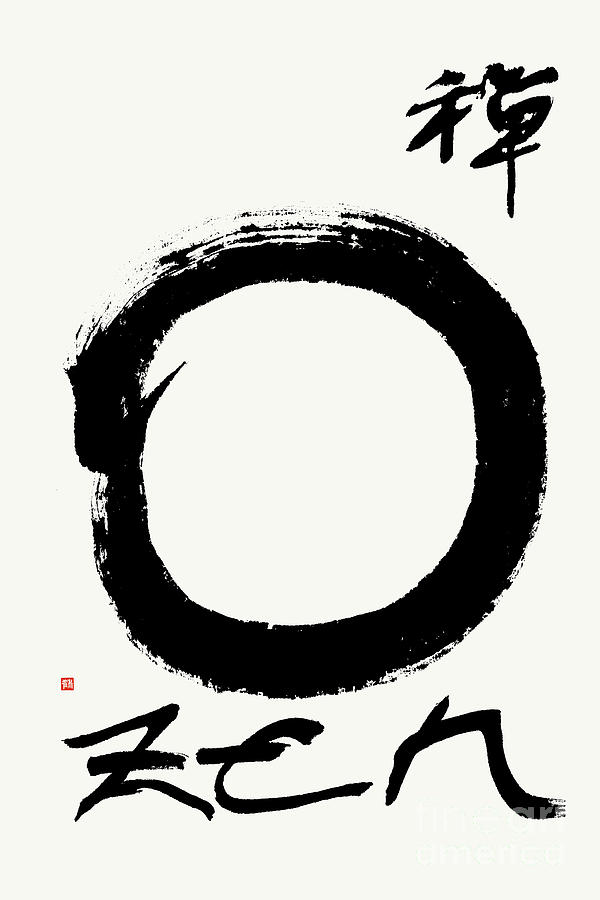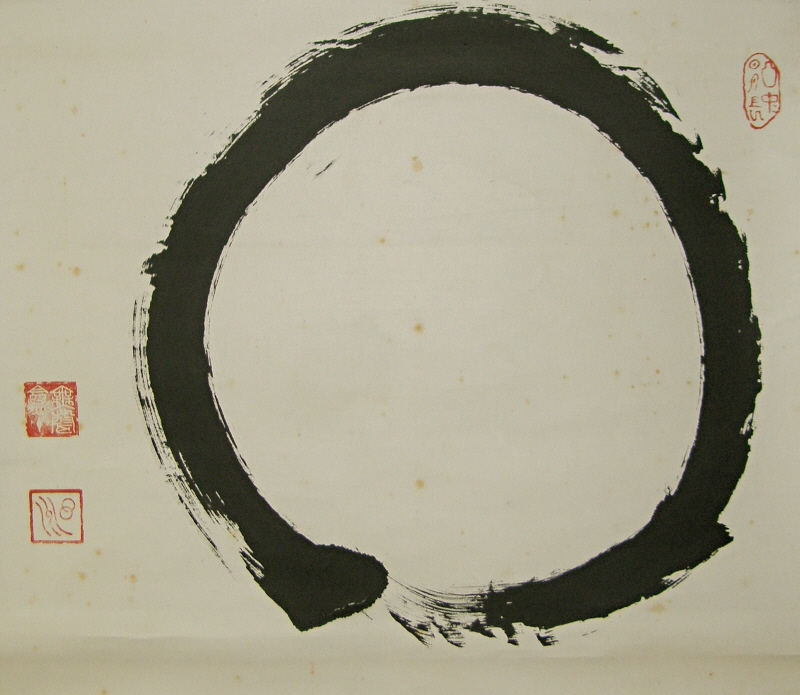

They are considered more important than trees to the Japanese, perhaps due to the strong desire for eternity and stones represent the eternal elements in nature.
Stones are the major elements of design in Japanese garden. The garden is the setting for human activity. It is also a place where humans and spirit meet. Shrines were more of a mental construct than physical emplacements, a place that existed in the mind instead of a place that could be seen. Gates (torii), fences, straw ropes, and cloth banners acted as signs to demarcate paces. Symbolism: Elements and their meaning in Zen gardens The reduction of materials concept in the Zen garden to its absolute minimal reflects the Japanese attitude toward the sensitivity to art, beauty, and spaces, in which are often implied rather than stated: The spaces in Zen garden are to be sensed more than viewed! It is to be viewed from a designated distance. In the Zen garden, sand represents water, and these areas often were preciously racked into circles that signify water ripples. The Japanese Zen gardens often are not to be entered, especially the sand areas of the garden. Wooden and stone lanterns are chosen over metal because the main focus of a Zen garden is to create a natural atmosphere, a peaceful, balanced environment that is quiet and meditative. Bridges, pathways, and lanterns are usually found in Zen gardens. In addition to natural elements, some man-made architectural elements can be added. Every stone, plant, wood, or sand spread has meaning and representation in its placement. The main components that are used in the Karesansui or “dry-landscape” gardens are earth and natural elements. His work however, doesn’t seem to exist any longer in the present time. One well known designer was Soami of Daison-in, whose style and design are frequently seen in both art forms. Often the same Zen priest was both painter and garden designer. Zen priests of the Muromachi period experimented with various methods to design stone gardens, and their famous works still exist as examples of garden art. The surrounding wall represents a visual boundary or by placing stones against the ground and gravel. Enclosure functions as the garden’s definition, and is often a quiet escape place. Most Zen gardens rely on a strong sense of enclosure for its mood. Their true meaning lies in the viewer’s imagination and interpretation of the abstract symbolism landscape. Zen gardens are regarded as representational of Zen discipline, because the garden is regarded as expressions of individual worlds of thought, therefore, copying was strictly forbidden. The Zen garden originally was created as an aid to meditation and to teach the principles of the religion. Its physical form represents Zen Buddhist philosophy, Zen self-examination, spiritual refinement, and enlightenment. The dry garden dates back to the Muromachi period, the fifteenth century. This garden has only rock, gravel, sand, and perhaps a few pieces of moss. 
Zen gardens however, are created with little plant material, and have neither pond nor river. When the word garden is mentioned, one would think of green scenery, which includes plants, trees, bushes, grass, flowers, a pond, and so on. Ryoan-ji- Zen garden – Karesansui -Landscape garden In Zen philosophy, the contrast admits the contradiction as a part of existence. The interpretation between the sand and plants relationship draws from Zen, Tao, and Shinto. The constructed sand is in contrast to the natural materials. Although his intentions were never executed, the idea captured the Japanese imagination, and the name “Silver Pavilion” was born.Īt Ginkaku-ji, natural living material such as plants and trees are placed against the sand that is raked.

In honor of his grandfather and in an attempt at pursuing art, Yoshimasa planned to cover portions of the two-story wooden pavilion in silver.

Yoshimasa was the shogun Ashikaga Yoshimitsu’s grandson. After his death the complex was converted to the Zen temple of Jisho-ji. The Ginkaku-ji buildings originally were the retirement villas of shogun Ashikaga Yoshimasa (1435-1490). Ginkaku-ji – Temple of the Silver Pavilion








 0 kommentar(er)
0 kommentar(er)
